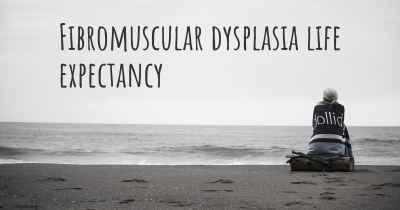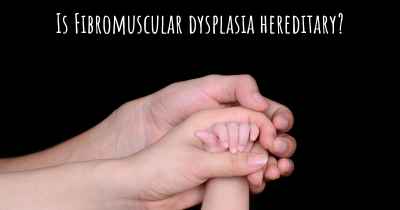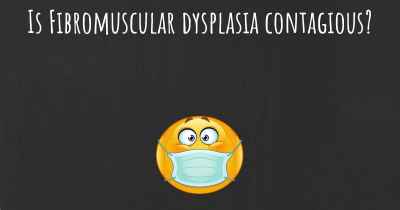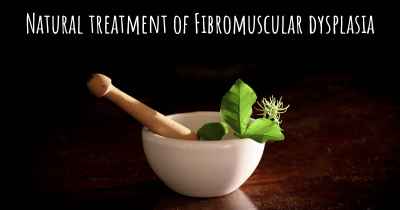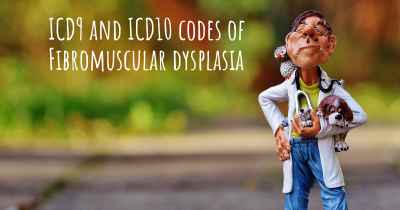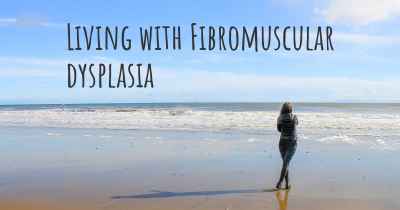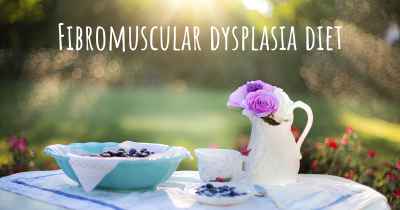What are the best treatments for Fibromuscular dysplasia?
See the best treatments for Fibromuscular dysplasia here
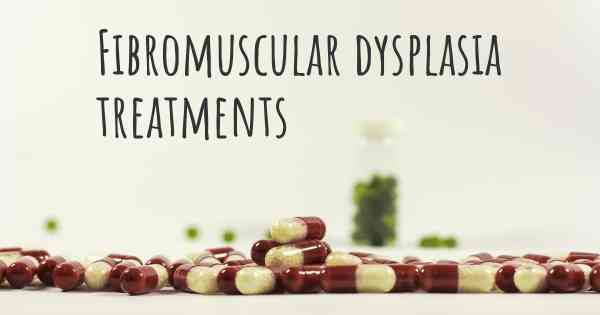
Treatments for Fibromuscular Dysplasia
Fibromuscular dysplasia (FMD) is a rare condition that affects the walls of certain arteries, causing them to become narrow or form abnormal bulges. This can lead to reduced blood flow to various organs and tissues, resulting in a range of symptoms. While there is no cure for FMD, several treatment options are available to manage the condition and improve quality of life.
1. Medications
Medications are often prescribed to help control symptoms and manage associated conditions in individuals with fibromuscular dysplasia. The choice of medication depends on the specific symptoms and complications experienced by the patient. Some commonly used medications include:
- Antiplatelet agents: These medications, such as aspirin or clopidogrel, help prevent blood clots from forming and reduce the risk of stroke or heart attack.
- Blood pressure medications: FMD can cause high blood pressure, which may require treatment with medications like ACE inhibitors, beta blockers, or calcium channel blockers.
- Pain relievers: Over-the-counter pain relievers like acetaminophen or nonsteroidal anti-inflammatory drugs (NSAIDs) can help manage pain associated with FMD.
2. Angioplasty and Stenting
In cases where FMD causes severe narrowing or blockage of an artery, a procedure called angioplasty may be performed. During angioplasty, a thin tube (catheter) with a balloon on its tip is inserted into the affected artery. The balloon is then inflated to widen the artery and improve blood flow. In some cases, a stent (a small mesh tube) may be placed in the artery to help keep it open.
Angioplasty and stenting are commonly used to treat FMD in the renal arteries (arteries supplying the kidneys) and carotid arteries (arteries supplying the brain). These procedures can help alleviate symptoms, improve blood flow, and reduce the risk of complications such as stroke or kidney damage.
3. Surgical Bypass
In rare cases where angioplasty and stenting are not feasible or effective, surgical bypass may be considered. This procedure involves creating a new pathway for blood flow by grafting a healthy blood vessel from another part of the body to bypass the affected artery. Surgical bypass is typically reserved for severe cases of FMD or when other treatment options have failed.
4. Lifestyle Modifications
Adopting certain lifestyle changes can help manage fibromuscular dysplasia and reduce the risk of complications. These include:
- Quitting smoking: Smoking can worsen FMD and increase the risk of complications. Quitting smoking is crucial for overall cardiovascular health.
- Healthy diet: Following a balanced diet low in sodium and saturated fats can help control blood pressure and reduce the strain on arteries.
- Regular exercise: Engaging in regular physical activity, as recommended by a healthcare professional, can help improve cardiovascular health and overall well-being.
- Stress management: Stress can exacerbate symptoms of FMD. Practicing stress-reducing techniques such as meditation, yoga, or deep breathing exercises may be beneficial.
5. Regular Follow-up and Monitoring
Individuals with fibromuscular dysplasia require regular follow-up appointments with their healthcare providers to monitor the progression of the condition and assess the effectiveness of treatment. Regular check-ups may involve blood pressure monitoring, imaging tests (such as ultrasound or angiography), and evaluation of symptoms. Adjustments to medications or treatment plans may be made based on the individual's response to treatment.
It is important to note that treatment plans for fibromuscular dysplasia should be tailored to each individual's specific needs and may vary depending on the location and severity of the affected arteries. A multidisciplinary approach involving vascular specialists, cardiologists, and other healthcare professionals is often necessary to provide comprehensive care and optimize outcomes.
Posted May 19, 2017 by SED 2000
Posted Sep 10, 2017 by Maria Cristina 2500
Posted Feb 21, 2018 by Jennyka 1000
Posted Jan 10, 2019 by Donna 2500
